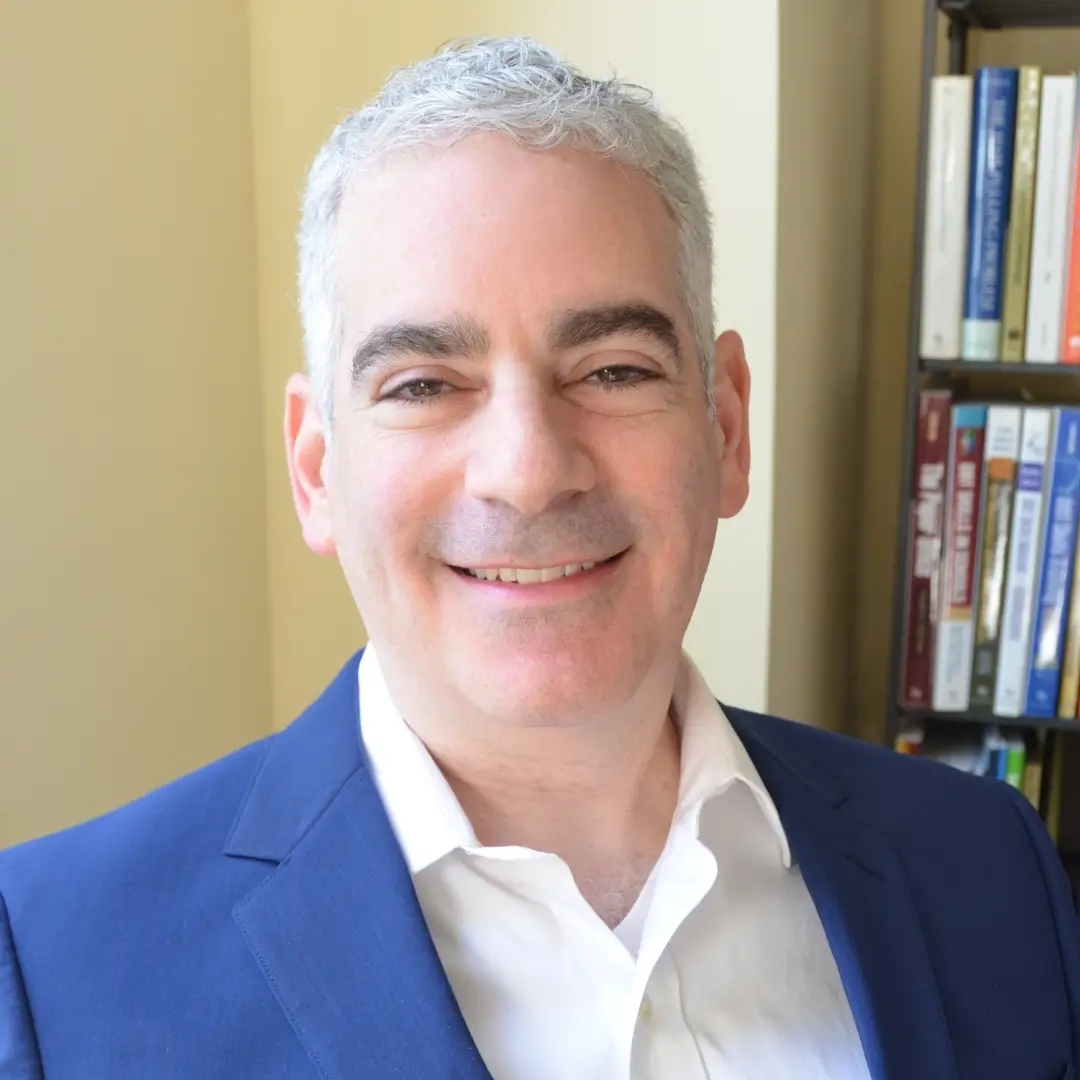People meditate for many reasons. They want to clear their minds, to reduce stress, to get centered… but are any of these things really the goal of meditation? Not quite.
Ask people what their goal is when they meditate, and you’ll hear a variety of answers. “To deal with stress.” “To calm down.” “To get rid of my thoughts.” “To feel connected to the world.” There are lots of opinions out there.
Meditation’s Purpose in Different Meditative Traditions
To be fair, there isn’t one “right” reason to meditate, in part because there are many types of meditation. In the Muslim Sufi tradition, “meditation aims to empty the mind and heart of spiritual pollutants” according to religious studies professor Megan Sijapati, Ph.D. In Hindu meditation, the goal is to achieve liberation (moksha) by realizing the nature of one’s self (atman). Meditation in the Christian tradition can mean contemplation of scriptural verse (e.g., lectio divina) or can have an aim of experiencing God’s presence within you (e.g., centering prayer).
The mindfulness meditation tradition, which derives from Buddhism, will be the focus of this piece.
The Goal of Mindfulness Meditation
In mindfulness meditation, the goal is to be present in a self-compassionate and nonjudgmental fashion — that’s all! Jon Kabat Zinn, in “Wherever You Go, There You Are,” explains:

“Mindful sitting meditation is not an attempt to escape from problems or difficulties into some cut-off ‘meditative’ state of absorption or denial. On the contrary, it is a willingness to go nose to nose with pain, confusion and loss, if that is what is dominating the present moment, and to stay with the observing over a sustained period of time, beyond thinking. You seek understanding simply through bearing the situation in mind, along with your breath as you maintain the sitting posture.”
So ultimately, meditation is not a relaxation exercise so much as it is an attentional exercise. When we meditate, we’re concentrating. We practice noticing when our mind has wandered. We become familiar with the feeling of fixing our attention on an object and keeping it there. The goal of meditation, one might say, is to train our minds by working with our attention.
The Benefits of Mindfulness Meditation
We can deal with our thoughts more effectively
Practicing meditation in this fashion helps us in many ways. For one, it helps us create a healthier relationship with our thoughts. So often, we tend to take our thoughts as facts. However, not everything we think is true! For example, you might reflect on a recent conversation with an acquaintance, and think Wow, he’s really self-centered. After having that thought, we often proceed as if the friend’s self-centeredness is an established fact.
A lot of our thoughts are opinions — they are neither true nor untrue. The more we practice being with our breath and disengaging from distracting thoughts in meditation, the more we begin to regard our thoughts as what they are — just thoughts.
We become more emotionally stable
Regular meditation practice also leaves us less emotionally reactive, as research shows. Emotions are a natural part of life, but when negative emotions take over (like anger, jealousy, or fear), they can create a lot of suffering. Practicing meditation helps us relate with emotions in a healthier way. We allow ourselves to feel them, but practice not getting so caught up in them.
RELATED: Mindfulness of Emotions
We achieve greater clarity
Practicing mindfulness meditation regularly also helps us see things more clearly. The less turbulent our mind becomes due to strong emotions, the more clarity results. A metaphor often used to describe this is the example of a glass of dirt and water. When the contents are stirred up, they become murky and cloudy compared to an unstirred glass, where the dirt has settled to the bottom. The still water is easier to see through. It has a quality of lucidity.
Practicing with Regularity Is the Key
These benefits are even more pronounced if we are able to continue our meditation even when we’re feeling emotions — especially strong ones. This is quite difficult to do, but gets easier the more you try it. Developing this ability has the effect of accelerating meditation’s positive effects. Jon Kabat-Zinn explains:
“Practicing over and over, embodying dignity, stillness and equanimity in the face of any mind-state that presents itself, especially when you’re NOT in distress or turmoil, provides a reliable foundation for when you are. But only if you practice, practice, practice.”
Meditation is described as a practice because doing it regularly is key. It’s like physical exercise in that way — if you only do it a few times and then stop, it will not have much impact on you. Once you become more experienced with meditation, there is also benefit in doing large chunks of meditation in intensive bursts. These are known as retreats, and typically last anywhere from a day to several months.
RELATED: How Long Should You Meditate?
Mindfulness meditation is a rich tradition dating back thousands of years. The goal of this type of meditation is to train our minds. Other types of meditation have other goals — some mental, some spiritual. Mindfulness meditation, perhaps like many other types, works best when we keep the goal in mind as we practice it.
Subscribe to the Manhattan Center for Cognitive-Behavioral Therapy blog!









